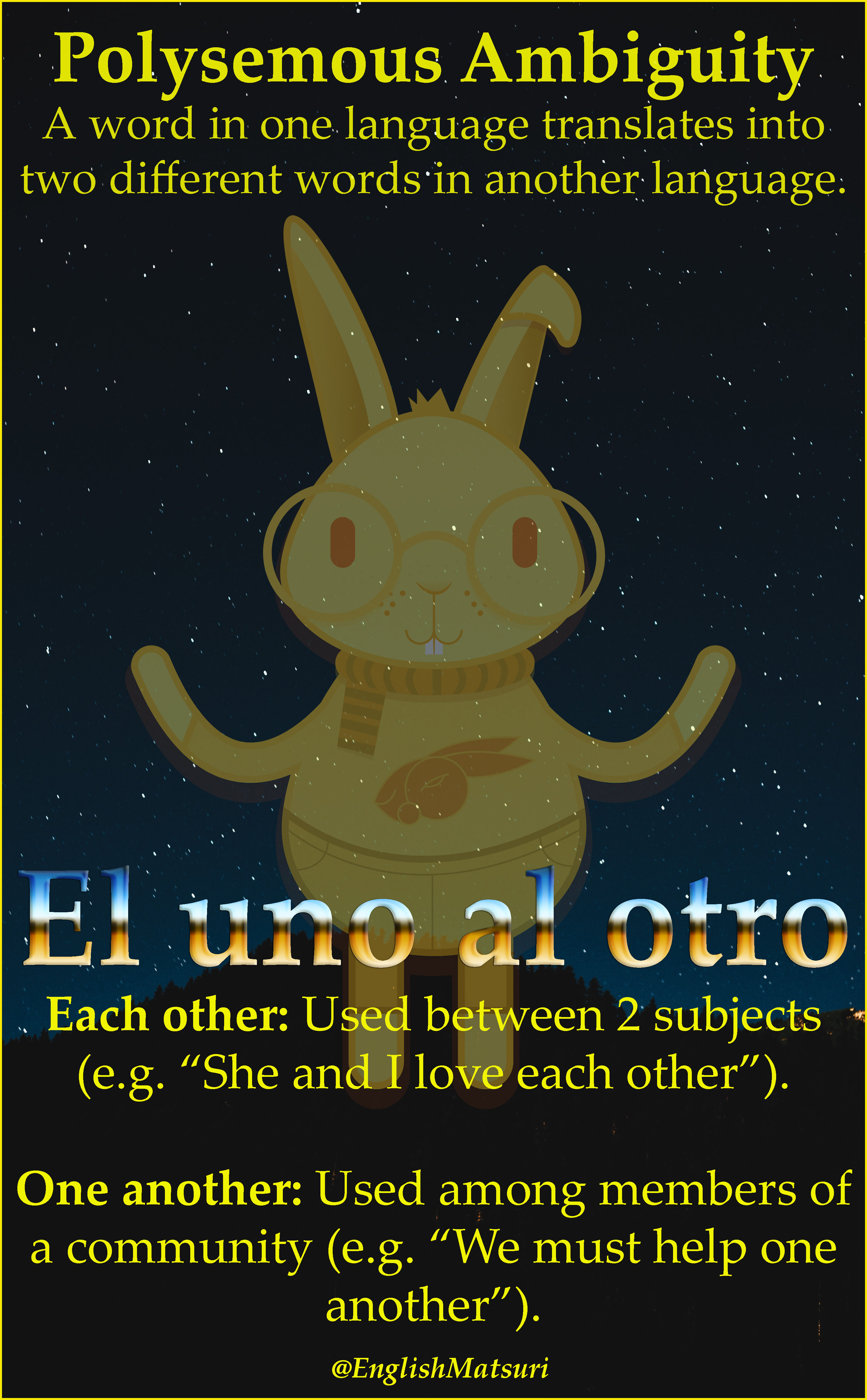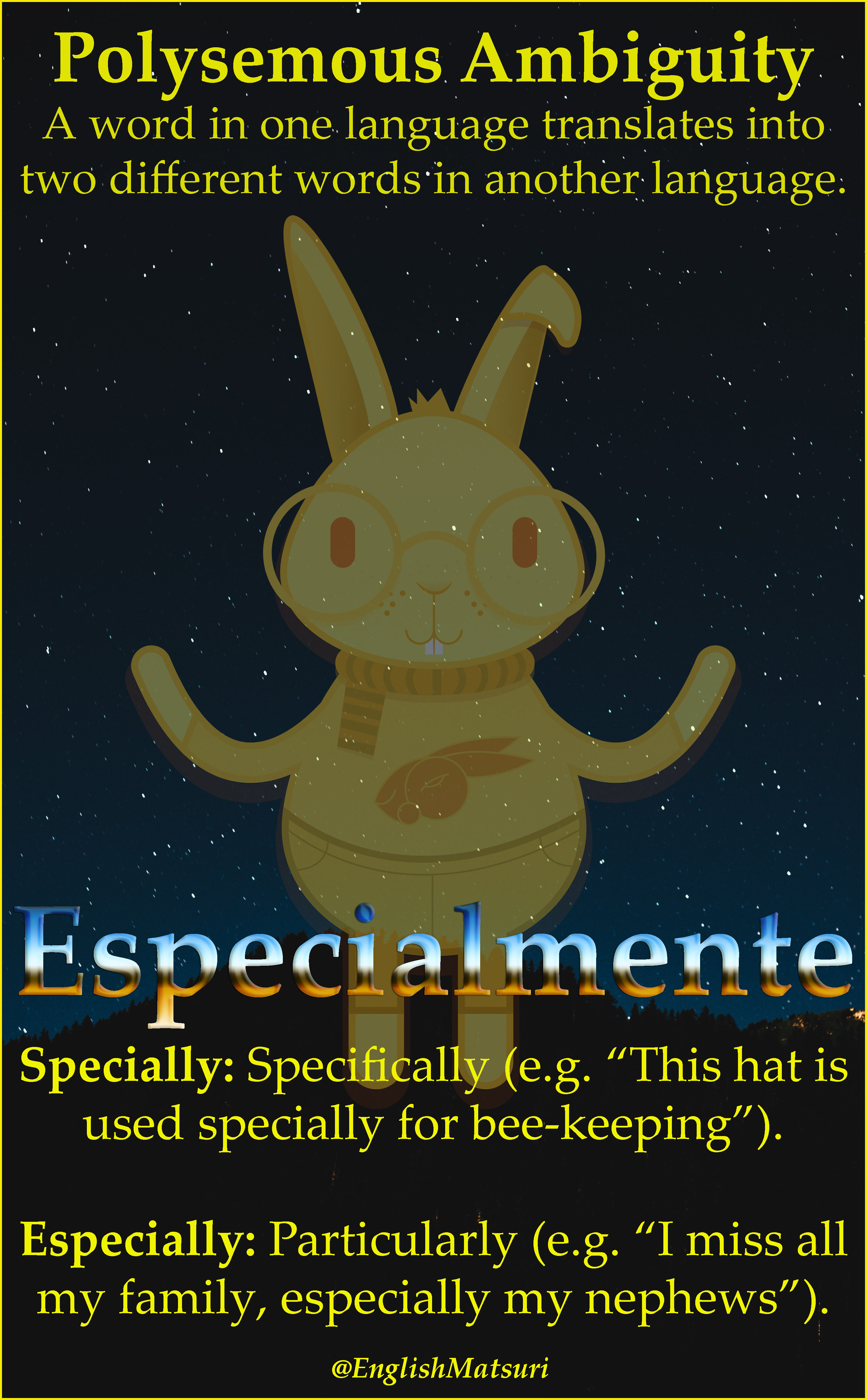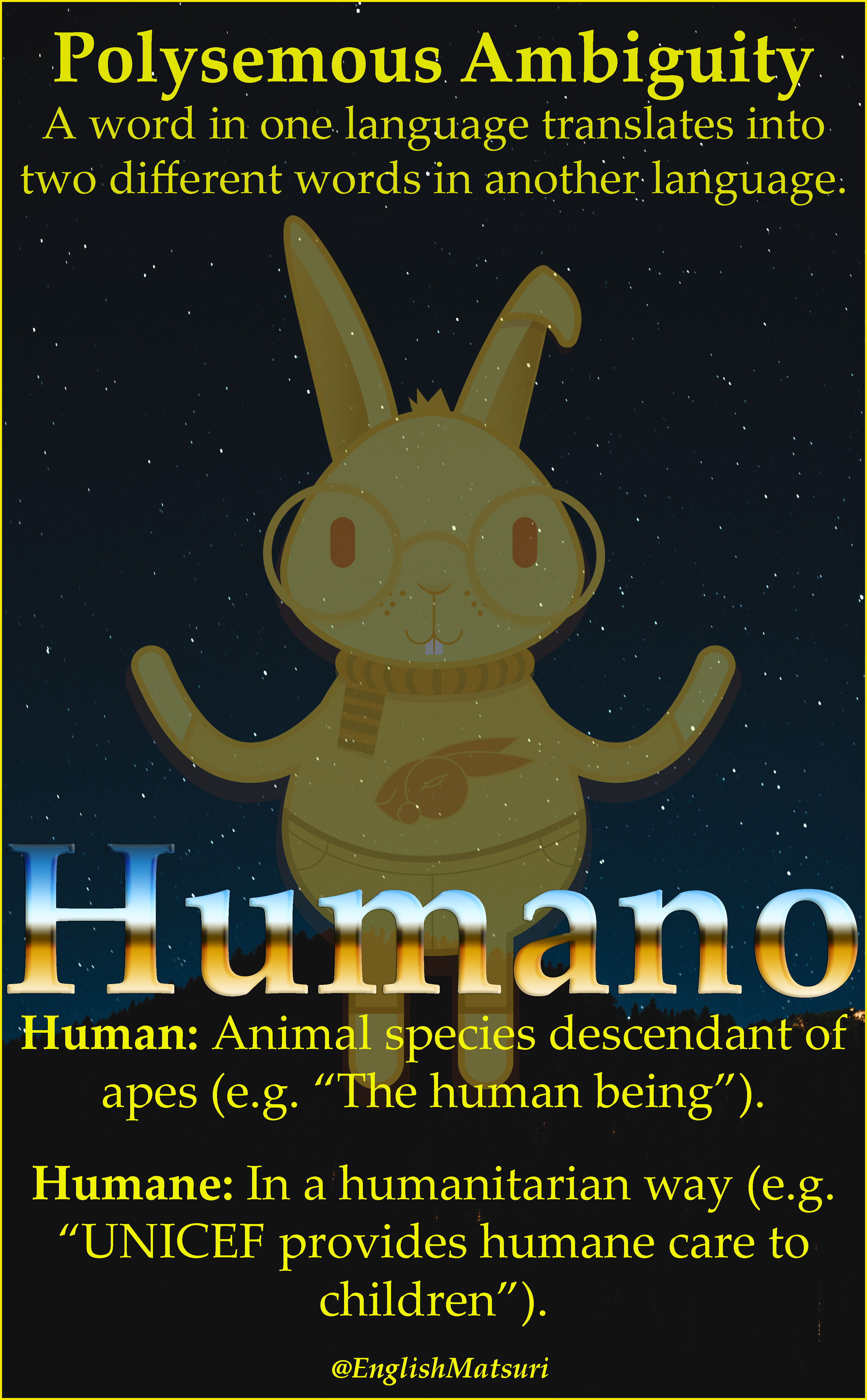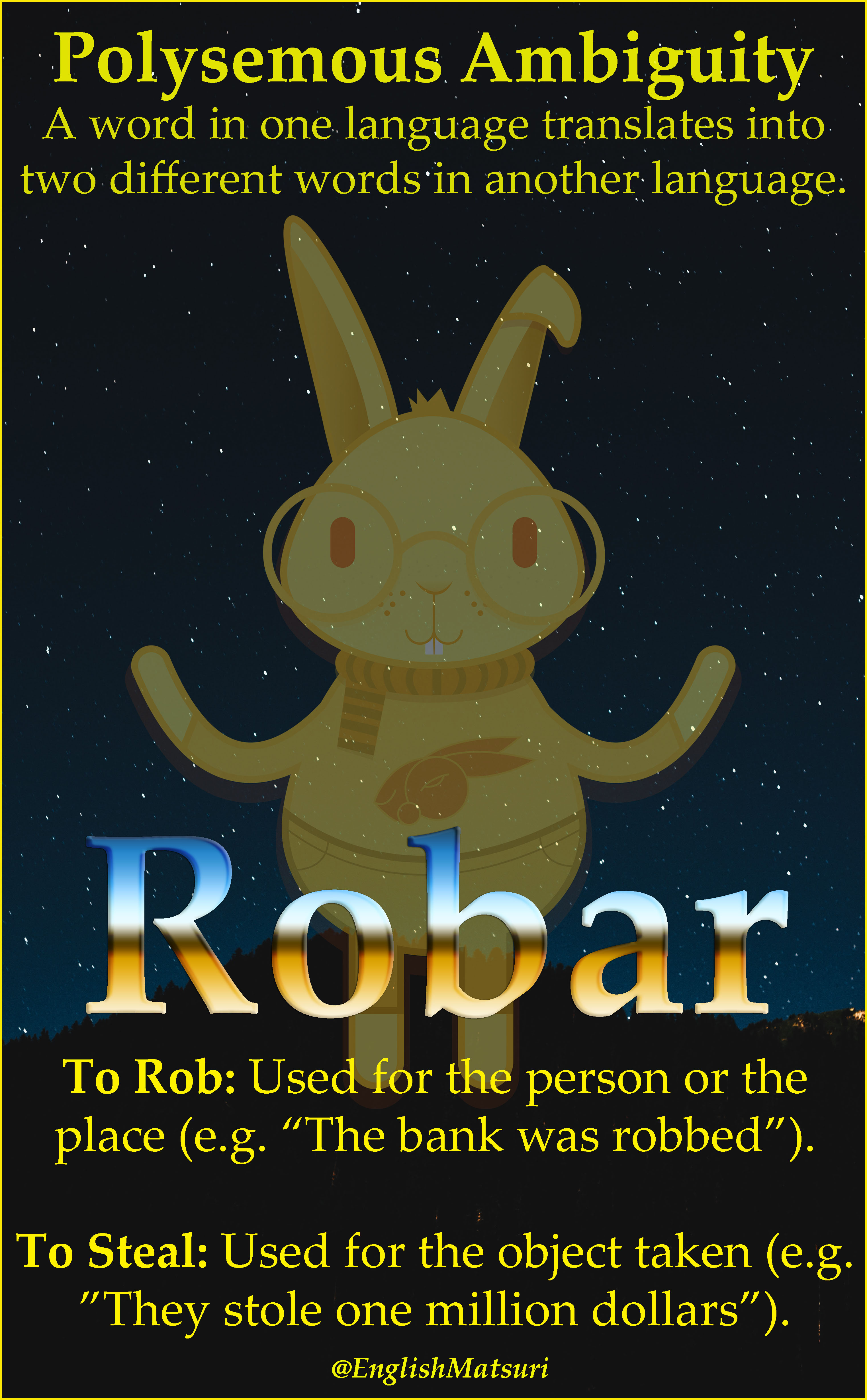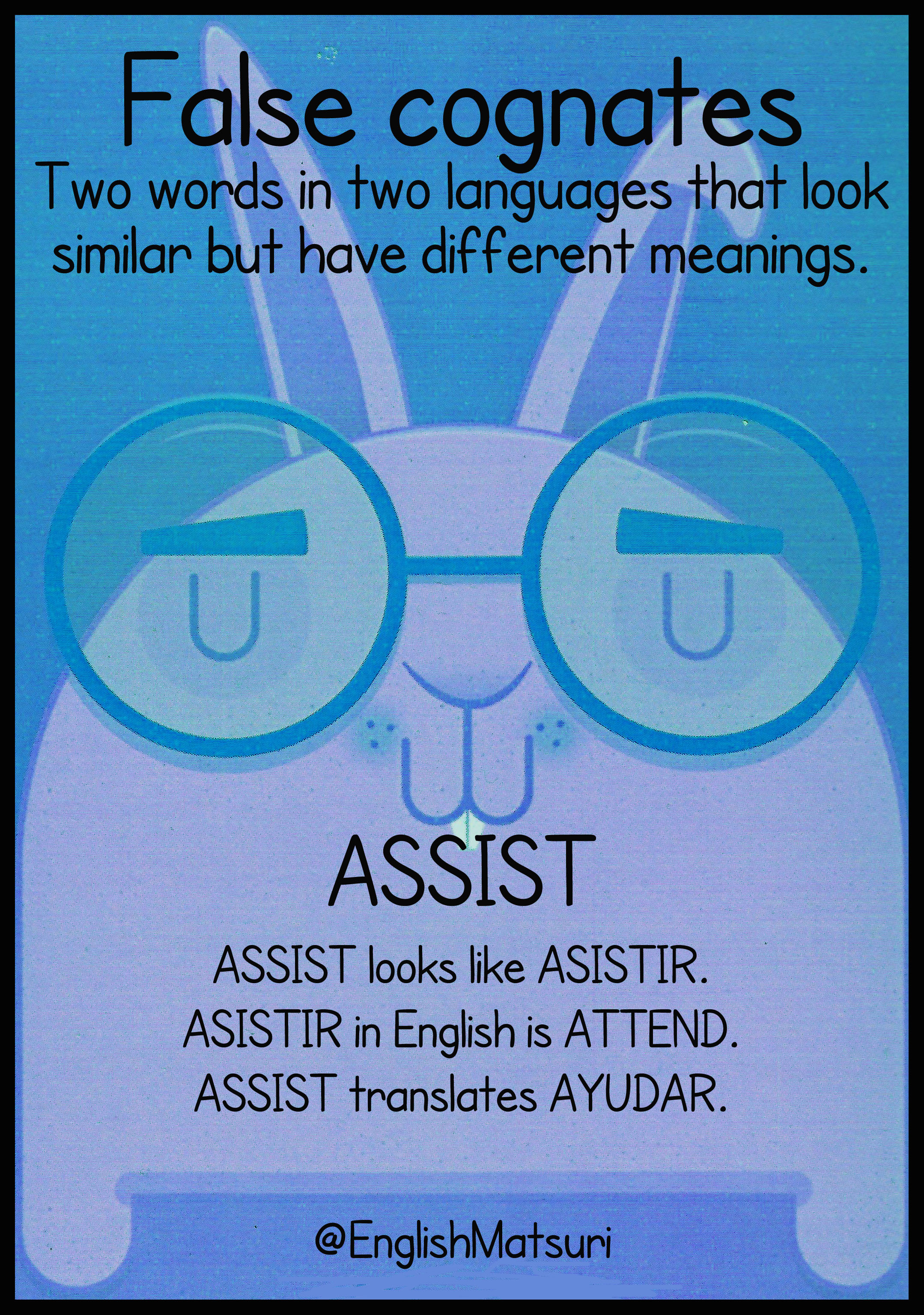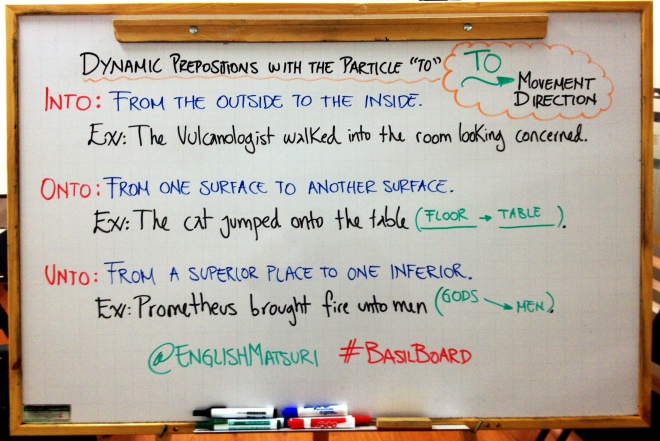Changes in curriculum featured on many online portals seem to be unwittingly directed to institutions and families who have both educative and logistic resources that facilitate transitions between materials and pedagogies. But specialized online tools and uninterrupted internet access are not realistic options in many settings. Take, for instance, the case of Colombian public schools.
Free education is one of those rights that are enshrined in the constitution but seldom leave their temple made of paper. Outside the major cities and beyond the countryside townships, real difficulties to attend the physical school exist in the heavy rain seasons or due to forced displacement; in these places, as can be expected, internet connectivity is even more remote. Even in the cities themselves, many families do not have a domestic internet connection and a small number of them have a computer at home. A large portion of these families have two or three children in school age who have no alternative but to receive their lessons and/or material via the parent’s smartphone, which runs on inexpensive weekly credit recharges. Under these conditions, remote education is severely strained, and teachers work deeds nothing short of miracles in order to cover the topics listed in the programs issued by the Ministry of Education.
And here comes the question that transcends all the difficulties mentioned above: what should be taught and learned in times of emergency remote education? Even by the most liberal standards of education in soft skills to meet the 21st Century challenges, are the present contents realistic and relevant or even feasible? After leading a handful of training sessions with an average of 1000 teachers participating in each, hereunder are some ideas for contents applicable in contexts of Budget Zero remote teaching.
- Math: The new focus should shift from algebraic functions studied in the abstract towards budgetary exercises in solidarity economy. Buy less from large surfaces and favor your corner store; learn to balance a household budget; prioritize expenses; create chains of benefit in your close social circles by dividing expenses for commodities that can be shared (this contemplates utilities); optimize outings; and reconsider transport.
The sole training of calculating everyday taxes –like VAT- and the use of basic spreadsheets to control domestic finances can make a great deal of difference in the family of one student, let alone a 35-45 learner classroom, which is the average in Colombian public schools.
- Biology: The practice of ecology can no longer be limited to classroom posters made with recycled materials. Environmental care has long since stopped being a well-to-do pretension and become a pressing necessity at all levels of society in all countries, regardless their stage of development. As long as large corporations continue to take action in a manner so irrelevant as to appear symbolic, and as long as leading industrialized nations refuse to observe basic environmental policies, it will be up to communities to step up in protest and in cooperation to protect the planet and learn how to live leaving behind as light a carbon footprint as possible.
Learn composting; set up a windowbox veggie garden; recycle and repurpose; favor clothing brands that have responsible production practices; and observe as local and as organic a diet as possible –difficult in low income settings, but more worthwhile than simply watching a Greta Thurnberg UN address and hoping some of her clarity of vision will rub off on the class via YouTube.
- Social studies: This is one of the most fertile moments for the study of and participation in social history. Especially in Colombia, where armed-conflict deniers and actors are in power, a great emphasis on historical memory of the latest 50 years is in extreme order. All social causes through which the populace aims to take back from both government and outlaws what they have lost need the participation and cooperation of the youth and school communities. Communities displaced by violence, indigenous women being systematically raped by army members; legal mistreatment of farming communities, trials for paramilitaries; recognition, inclusion, and defense of non-heterosexual, transgender, and non-binary-gender communities.
Protecting the victims and treating their story as an essential input for the formulation of a truthful and relevant new national history must be a priority in every social studies class.
- Spanish: Due to quarantine measures, the world has had to deglobalize its interactions to assist local economies, communities, health services. Similarly, a need for a more intimate knowledge of local languages has resurfaced, so needs can be communicated, shared, and seen to in a more expedient manner. This may seem obvious and prior, but the ever-growing drive for bilingualism has placed first languages in a position of disadvantage in terms of teacher training, materials offered by publishing houses, and interest from the students to delve in the intricacies of the subject. With a regained focus on the local, we might even be attending specialized Spanish classes, very similar to the case of multiple Englishes (English for business, English for science, English for specific purposes, etc.).
Having taken this into consideration, basic civic language skills should be instilled in the students, such as understanding and respecting the neighborhood jargon, fact-checking local news that may often be dictated by ruling parties; discourse analysis to read between the euphemistic lines; and formulation of viewpoints in terms of assertiveness and richness of application, so that the learner’s extrinsic motivation (the academic obligation of passing the subject) transforms into intrinsic (the desire to acquire skills and tools that help them draw attention to their messages and causes).
- Foreign Language: For the sake of obvious argument, let’s say that English is the foreign language in the curriculum. And maybe its overwhelming dominion of information on the internet and its standard ease to globalize information have something to do with that. English grammar for communicative purposes is astonishingly simple and allows for so-called “economy of language”. However, as the European Council -yes, the people who pitched the Common European Framework- has it in their official documentation: “economy of language is used to justify efforts to thwart linguistic diversification.”
Still, English is enormously useful to keep abreast with neologisms (many times appearing first on social networks), and studying their etymology is a great tool to track the origin of news. Also, teaching students to use keywords to locate information is a timesaver in education that everyone can benefit from.
- Physical Education: Not being a fitness-oriented person myself can discredit this message, but compulsory physical education should now focus on self-care and self-sufficiency in training; make emphasis on preserving your health in a time when every month brings a new diet rave, and the year after, adverse effects of these diets are discovered through a number of people made ill or malnourished due to following food tips from instagrammers and youtubers without the appropriate training but with enough followers to turn their clout into credibility.
Healthy habits in the student can permeate their family and phase out the intake of refined sugar, saturated fats, and ultimately achieve –through popular demand- fair prices on organic food.
- Technology: Education in technology throws into relief the largest and deepest chasms in curricula between private and public schools, and between urban and rural instruction. In Colombia there are mid-range private schools where tenth-graders are designing and building miniature motorized vehicles powered by solar energy and controlled via an application that students have to program and run from their personal smartphones. On the other hand, public schools in rural areas, in Colombia too, receive small allotments of tablets from the ITC and Education Ministries, but teachers seldom or never take them to class because if a student accidentally damages one tablet, the teacher assumes that the cost of the device will be withdrawn from their salary since it happened during their class.
In this situation, it is difficult to recommend contents for technology classes. And yet, one thing is for sure: most students (public or private, urban or rural) have a Facebook account; they may be digital immigrants, but they are definitely social network natives. On those grounds, studying ethical hacking consists in learning basic critical digital literacy strategies to protect their personal information on the internet, to choose the appropriate user settings so tech behemoths like Facebook or Instagram are unable to dictate their vote with inaccurate and ill-intentioned propaganda; or to target them with tailored disinformation or marketing campaigns that will render them vulnerable to the obsession of belonging through shopping and owning.
Basic encryption concepts will help students choose the most appropriate instant messaging application to use in public demonstrations to protect the privacy of their conversations and avoid being singled out and followed by intrusive law enforcement agencies. The reach of self-care has transcended into our virtual selves.
- Religious Education: Even though the Colombian constitution declares our country to be a secular country, our people in their majority are anything but secular, and this must be respected. Unfortunately, this has educational repercussions, as most schools contemplate religious education in their weekly schedule and philosophical discussion is not the meat of the classes. Instead, Catholicism is still imparted as a dogmatic set of guidelines for the “well-to-do citizenship”. There are exceptions, of course, but they are a sad minority.
What these classes, better still: what these teachers can do is accompany children and teenagers in their journey of self-discovery. If the world is constantly changing, then having the ethical courage to ask ourselves “who am I at this crossroads in history?” will be a boon of mental flexibility to face adversity and uncertainty. Extending logically the success of these contents, the student will be able to consider dispassionately whether their parents are doing the right thing, their neighbor, their president.
Spiritual realization can only foster deeper and fairer dialogue among folk educated for the relevant, not for the traditional.
FEDERICO AC. | 04.07.XX



